Text
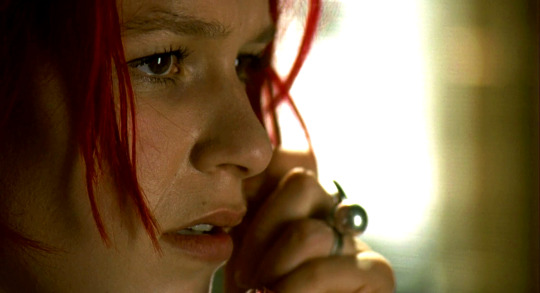
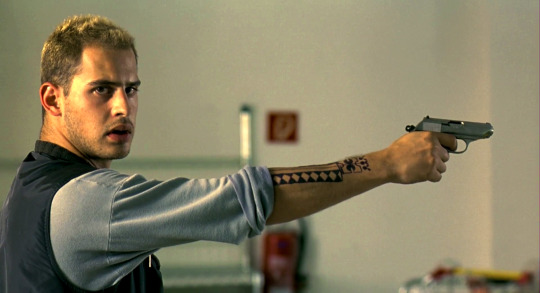
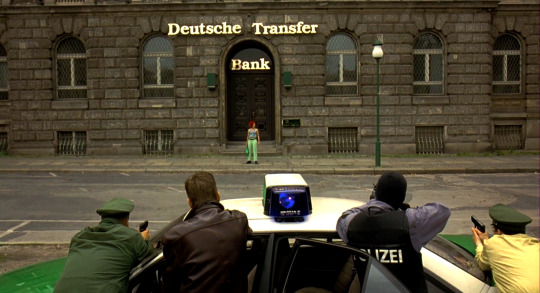
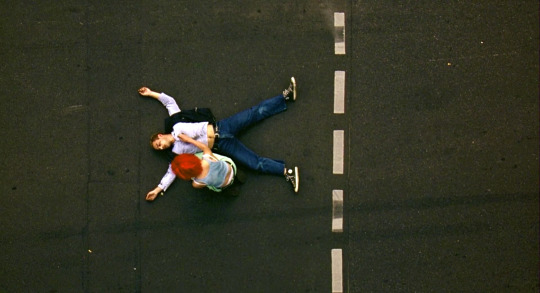



Run Lola Run (1998)
Franka Potente: I’ve drowned in The Bourne Supremacy and I’ve been lobotomised in American Horror Story, but watching myself being shot in Run Lola Run beats those. It’s one of the great perks of being an actor, though my dad didn’t enjoy the scene at all. I was recently bullied into showing the film to my daughters, who are seven and nine. They loved it, but were disappointed there wasn’t more blood when the explosive taped to mum’s chest goes off.
#run lola run#run lola run 1998#lola rennt#tom tykwer#franka potente#moritz bleibtreu#1990s#1998#filmedit#film#cinema#movies#seeing this in the theater tmrw im so fucking pumped
11 notes
·
View notes
Text

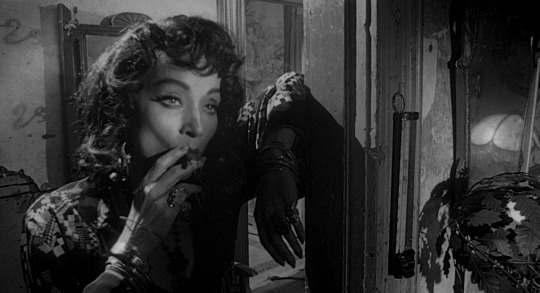
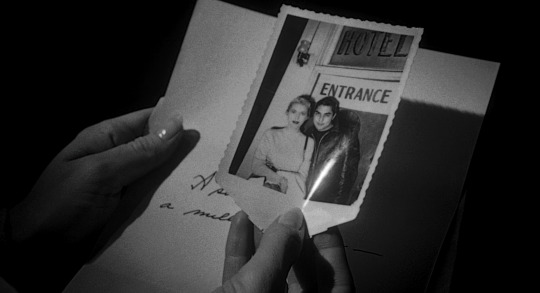
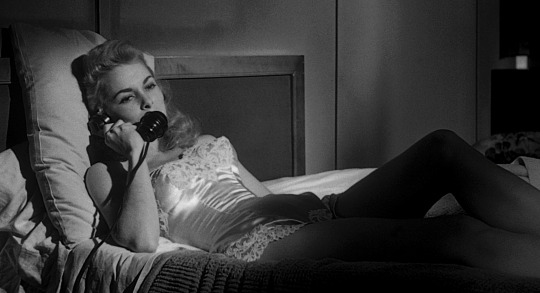
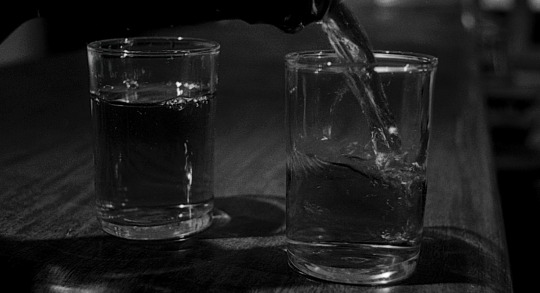
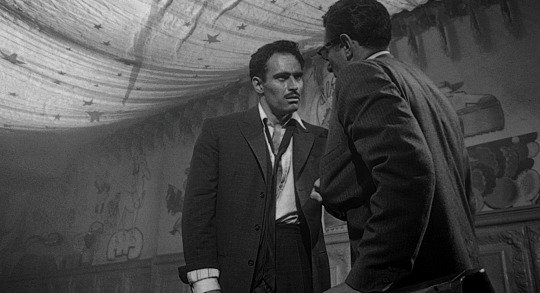
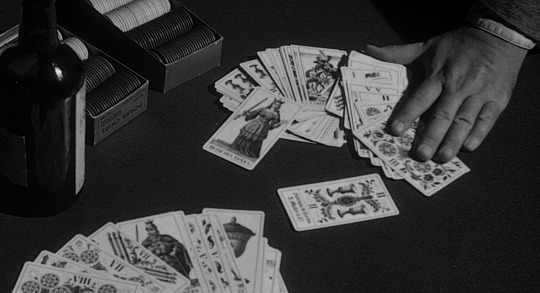

Touch of Evil (1958)
#touch of evil#touch of evil 1958#orson welles#charlton heston#janet leigh#marlene dietrich#valentin de vargas#joseph calleia#1950s#1958#film noir#filmedit#film#cinema#movies#i love the way orson grumbles and growls in this
41 notes
·
View notes
Text

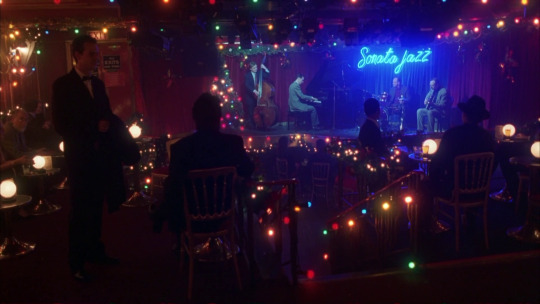
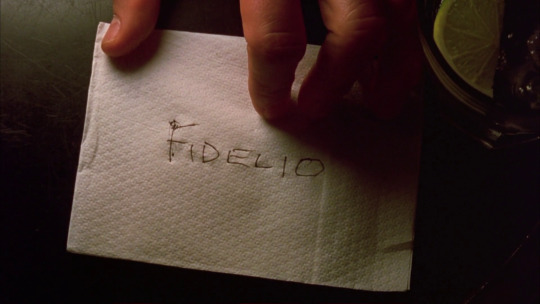
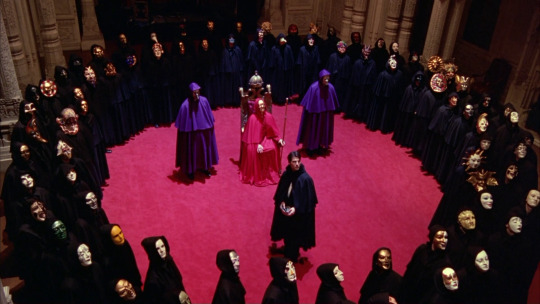
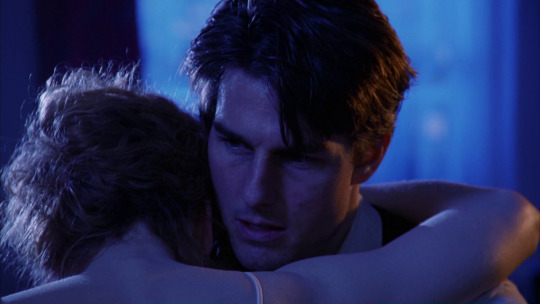
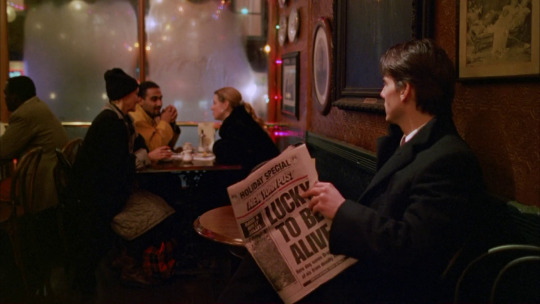

Eyes Wide Shut (1999)
#eyes wide shut#eyes wide shut 1999#stanley kubrick#nicole kidman#tom cruise#1990s#1999#filmedit#film#cinema#movies
17 notes
·
View notes
Text



hi i'm grace & i like to watch pictures move on a screen
☞ main acct is bog-e
☞ letterboxd
☞ recs & requests welcome if you've the inclination
current faves: anything vampire related, anything john waters, & anything nasty



1 note
·
View note
Text
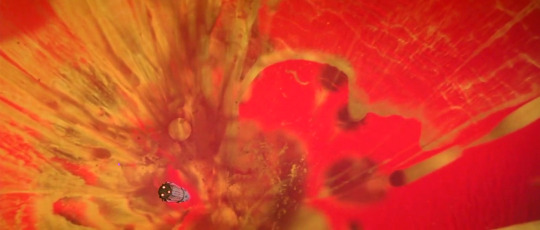
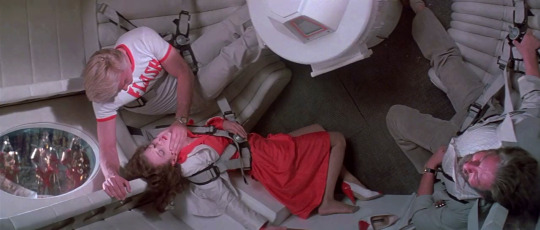
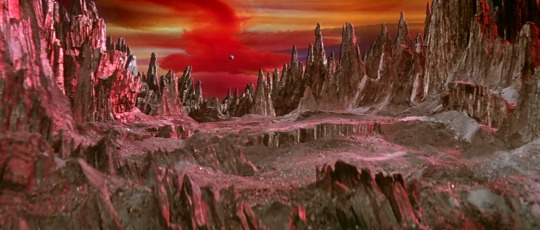
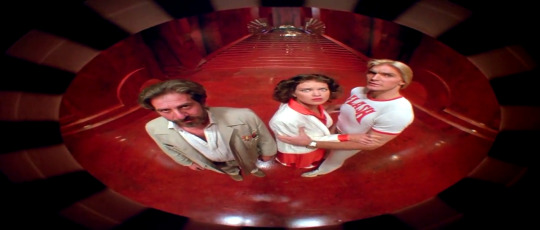
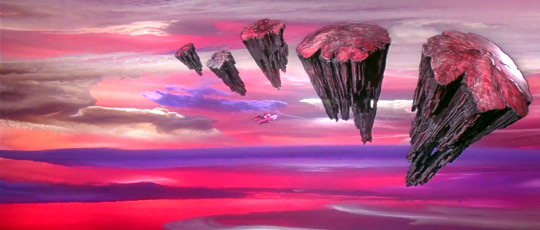
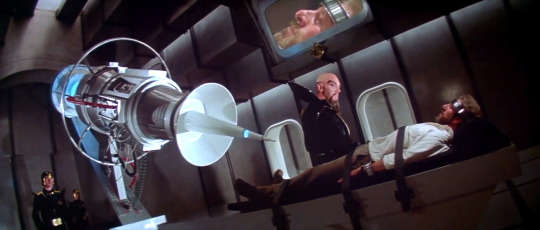


Flash Gordon (1980)
#flash gordon#flash gordon 1980#mike hodges#sam j jones#melody anderson#max von syndow#topol#1980s#1980#queen#filmedit#film#cinema#movies
21 notes
·
View notes
Text
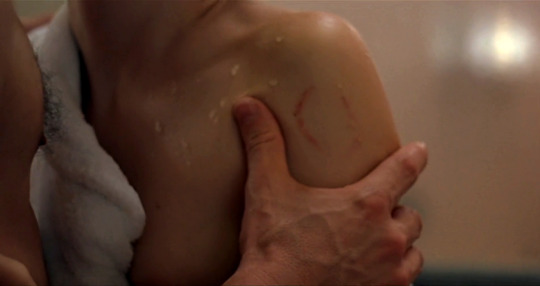
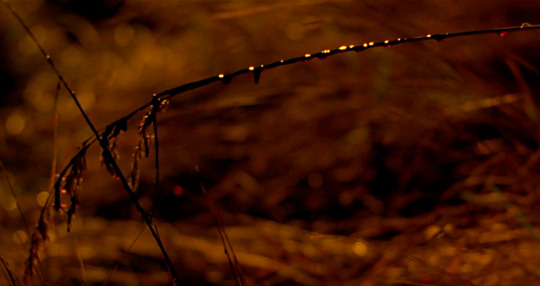

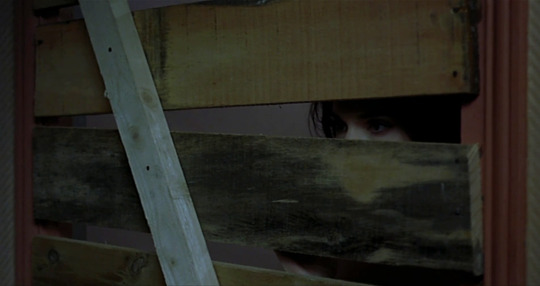

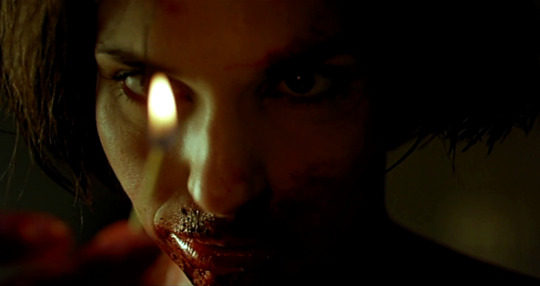
Trouble Every Day (2001)
#trouble every day#trouble every day 2001#claire denis#béatrice dalle#vincent gallo#tricia vessey#alex descas#2000s#2001#horror#filmedit#film#cinema#movies
96 notes
·
View notes
Text
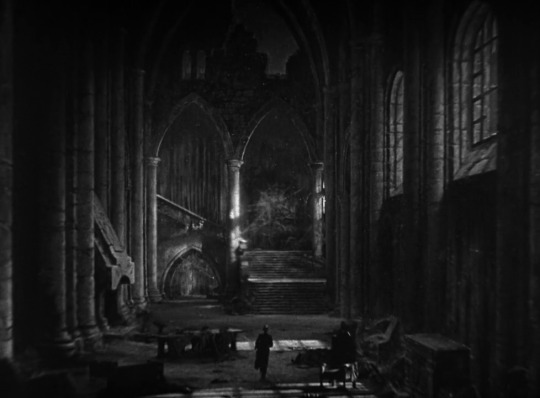
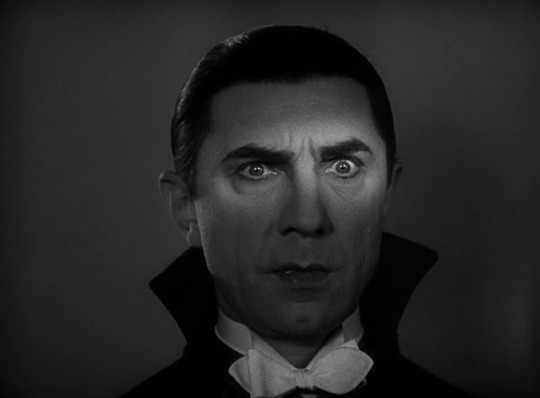
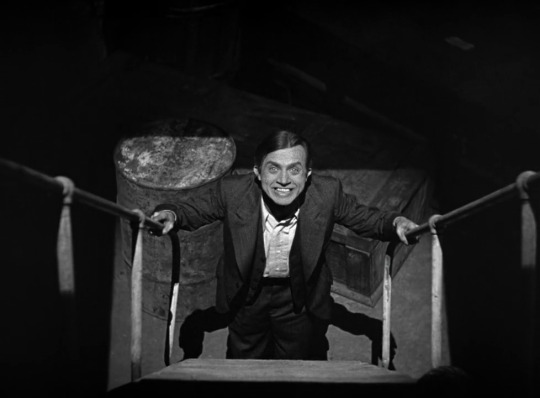



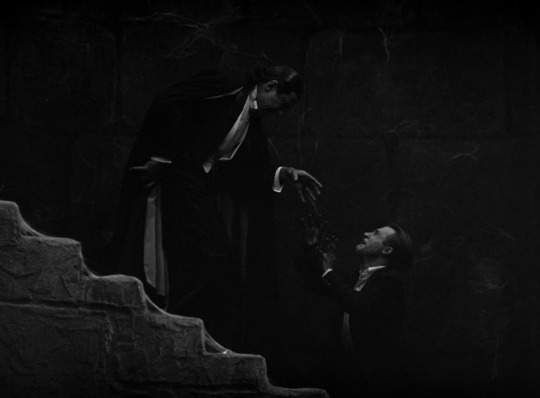
Dracula (1931)
#dracula#dracula 1931#tod browning#bela lugosi#dwight frye#edward van sloan#1930s#1931#horror#classic horror#universal monsters#filmedit#film#cinema#movies
59 notes
·
View notes
Text

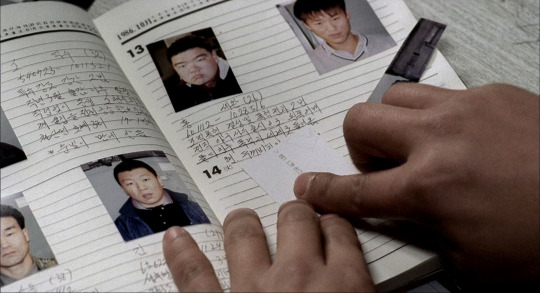

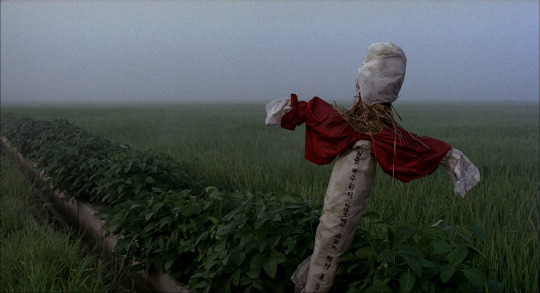

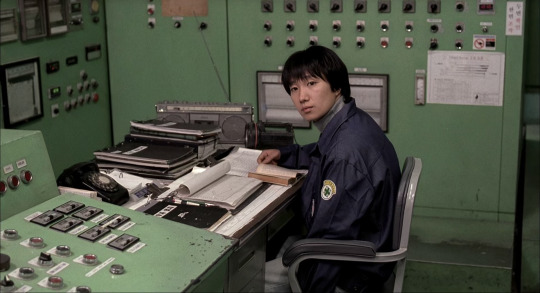


Memories of Murder (2003)
#memories of murder#memories of murder 2003#bong joon-ho#song kang-ho#kim sang-kyung#kim roi-ha#park hae-il#song jae-ho#2000s#2003#filmedit#film#cinema#movies
143 notes
·
View notes
Text
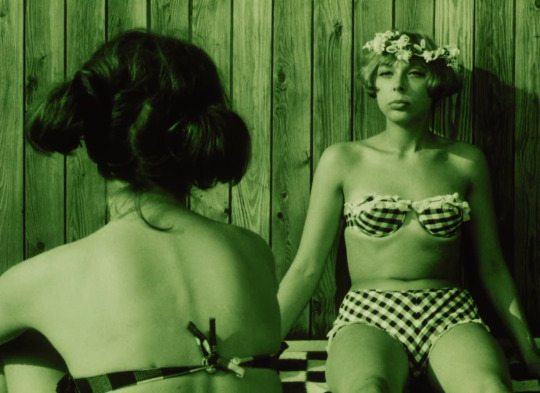

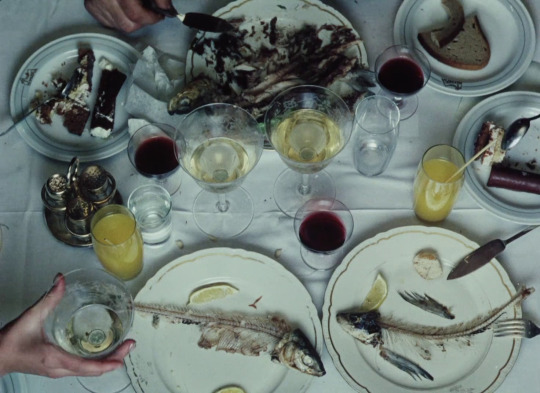



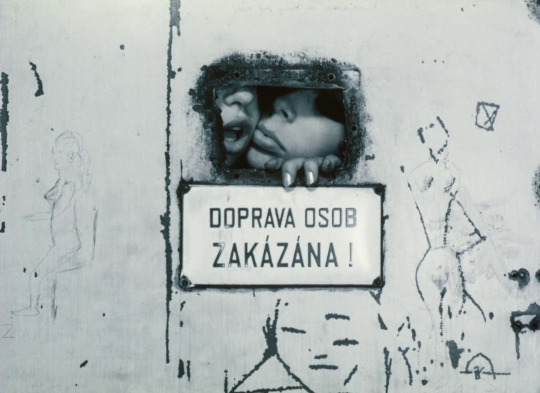

Daisies (1966)
"When the Czech director Věra Chytilová made Daisies, her second feature, Czechoslovakia had endured nearly two decades of repressive Communist rule, and she was one of the leading voices in a new generation of filmmakers who expressed resistance through gestures of allegorical insubordination that were semantically slippery enough to possibly get by the censors. Similarly, the Maries operate like guerrilla insurgents across Prague, disguising their true intentions and refusing to dutifully submit their bodies for either labor or male gratification."
#daisies#daisies 1966#věra chytilová#jitka cerhová#ivana karbanová#1960s#1966#filmedit#film#cinema#movies
266 notes
·
View notes
Text

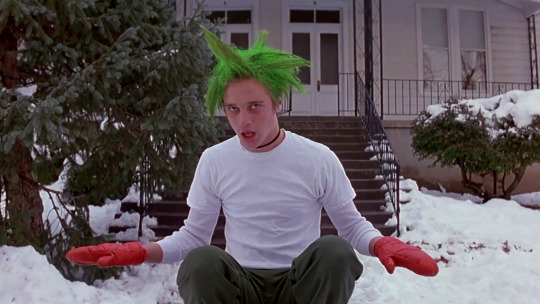

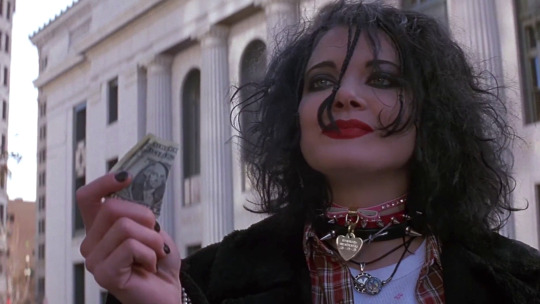
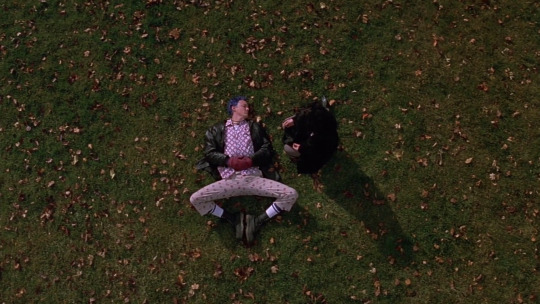

SLC Punk (1998)
#slc punk#slc punk 1998#james merendino#matthew lillard#michael a goorjian#annabeth gish#jason segel#1990s#1998#filmedit#film#cinema#movies
386 notes
·
View notes
Text




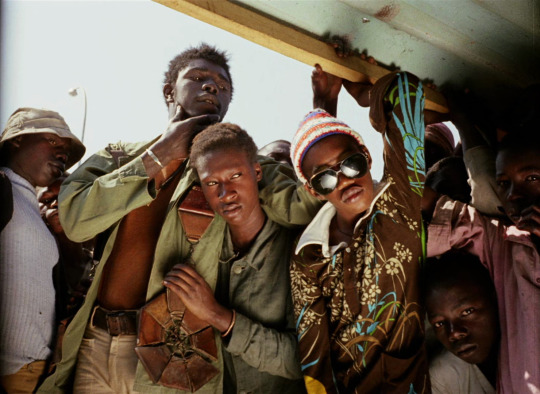



Touki-Bouki (1973)
#touki-bouki#touki-bouki 1973#djibril diop mambéty#magaye niang#myriam niang#aminata fall#1970s#1973#filmedit#film#cinema#movies
36 notes
·
View notes
Text

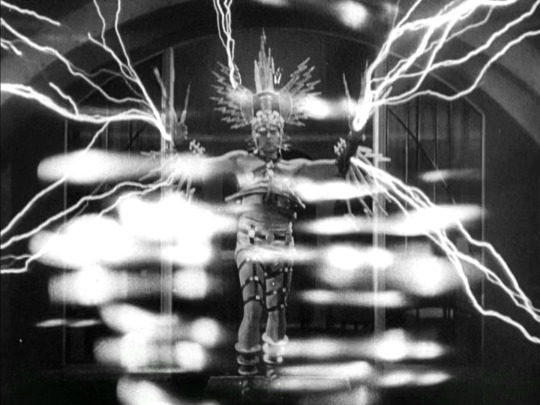
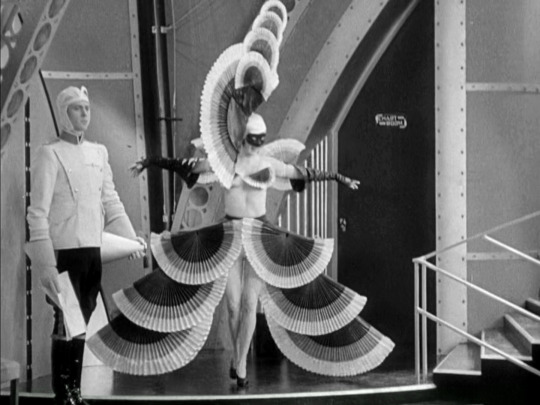
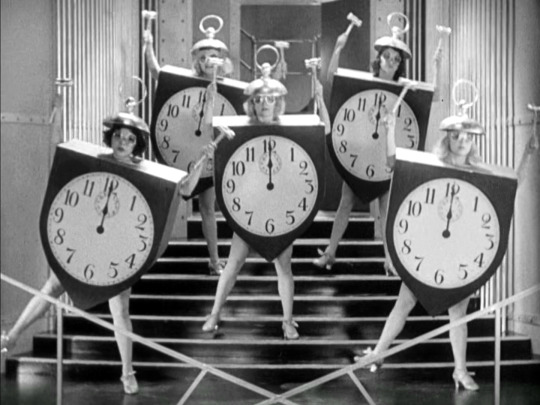
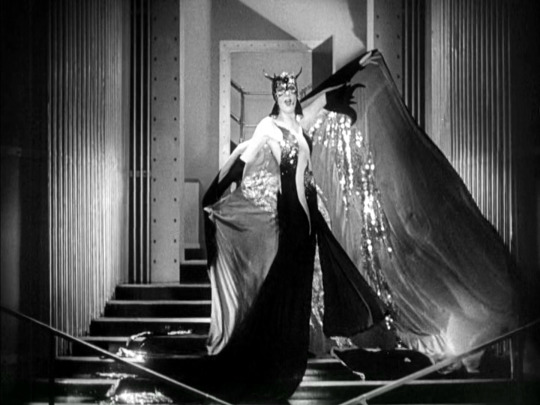


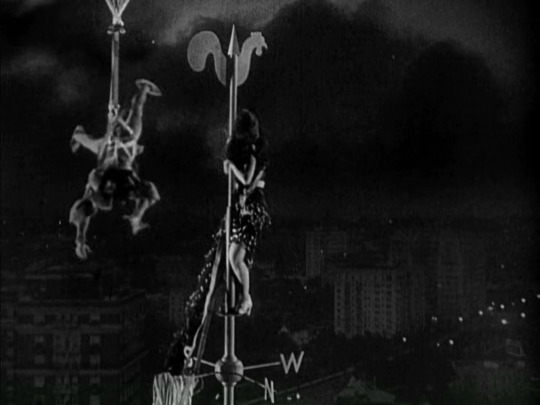
Madam Satan (1930)
#madam satan#madam satan 1930#cecil b demille#kay johnson#reginald denny#lillian roth#roland young#1930s#1930#filmedit#film#cinema#movies
94 notes
·
View notes
Text







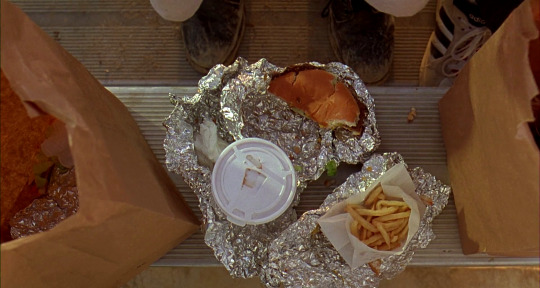
Bottle Rocket (1996)
#bottle rocket#bottle rocket 1996#wes anderson#luke wilson#owen wilson#1990s#1996#filmedit#film#cinema#movies
39 notes
·
View notes
Text
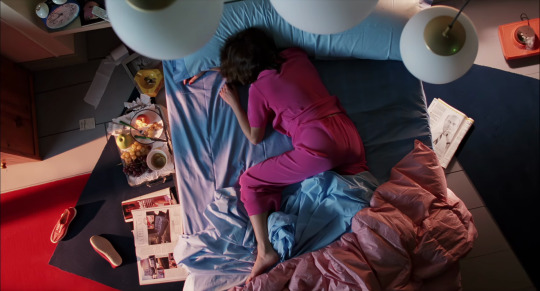



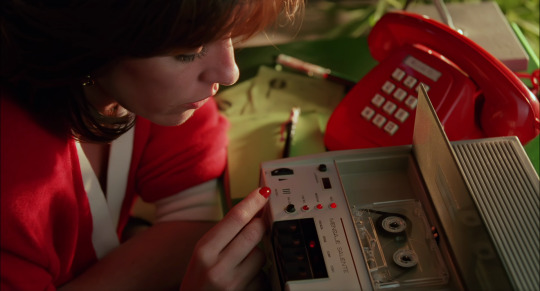

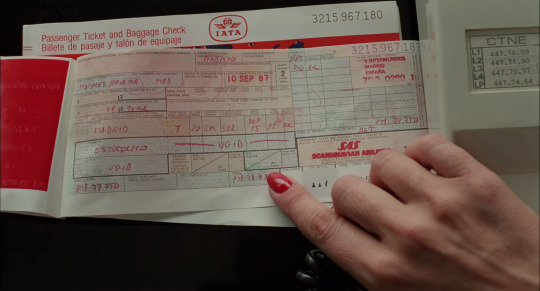

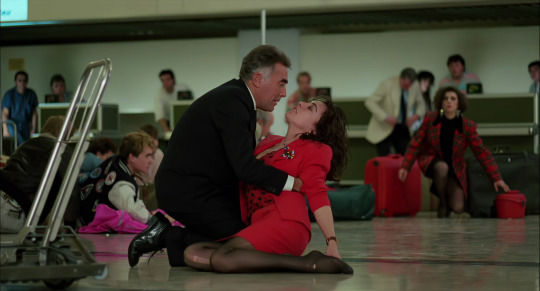
Women on the Verge of a Nervous Breakdown (1988)
#women on the verge of a nervous breakdown#women on the verge of a nervous breakdown 1988#pedro almodóvar#carmen maura#antonio banderas#maría barranco#rossy de palma#julieta serrano#guillermo montesinos#kiti mánver#1980s#1988#filmedit#film#cinema#movies
241 notes
·
View notes
Text



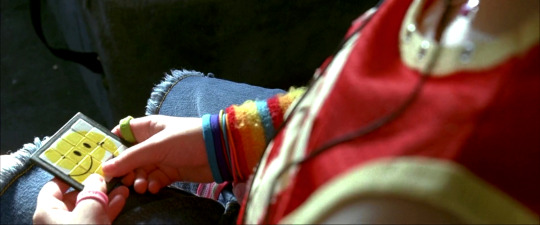
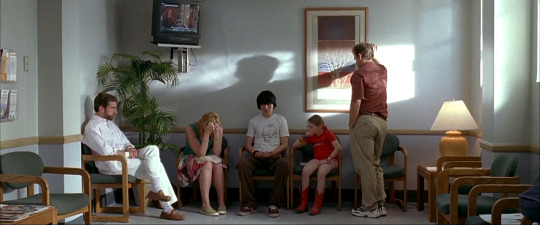

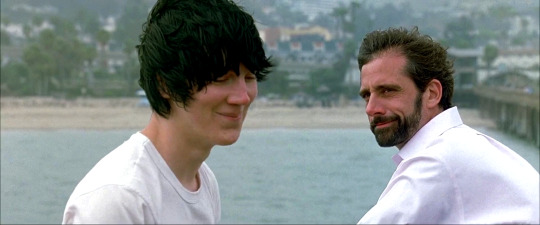
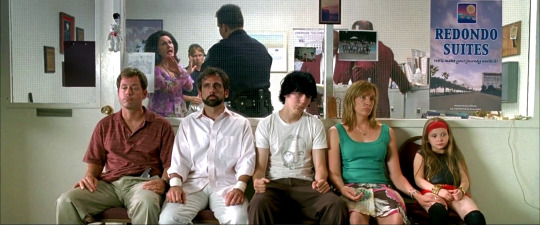
Little Miss Sunshine (2006)
#little miss sunshine#little miss sunshine 2006#jonathan dayton#valerie faris#greg kinnear#toni collette#steve carell#paul dano#abigail breslin#alan arkin#2000s#2006#filmedit#film#cinema#movies
824 notes
·
View notes
Text


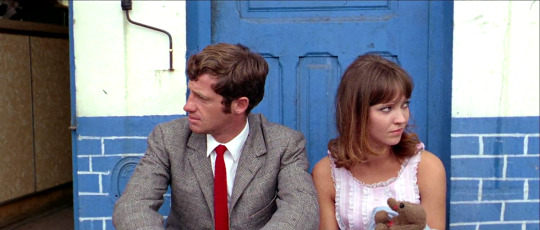
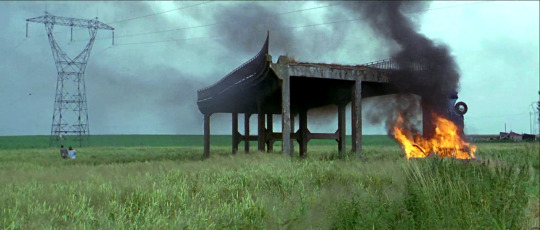


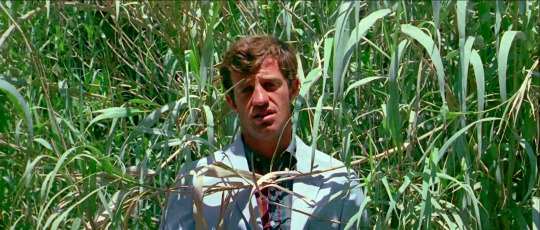
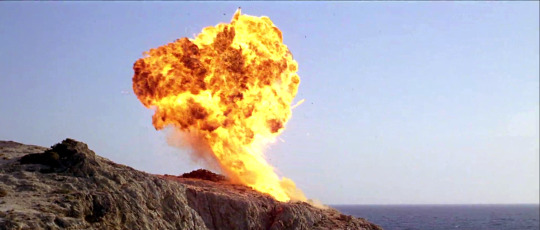
Pierrot le fou (1965)
"After the release of Pierrot le fou, Godard gave the public a skeleton key to it: 'The only scenario that I had, the only subject...was to convey the sense of what Balthazar Claës was doing in The Unknown Masterpiece.' The Unknown Masterpiece is a novella by Balzac about a painter in seventeenth-century France who has been working alone for a decade on a portrait of a woman that he considers to be not only his masterpiece but an epochal advance in the history of art; he shows it to two artist friends, who find it to be an incomprehensible mess, a blunder and a disaster, and he kills himself. But Balthazar Claës is not a character in that novella (the painter is named Frenhofer); rather, he is the protagonist of another work by Balzac, The Quest of the Absolute. In that novel, an alchemist in single-minded pursuit of the secret of nature brings about his wife’s premature death, his financial ruin, and his public humiliation. The two fictions by Balzac that Godard’s memory had run together unite in Pierrot le fou, a self-portrait of the artist on the verge of pushing a philosophical inquiry into form, or rather formlessness, to an extreme that destroyed not only himself but also his wife."
#pierrot le fou#pierrot le fou 1965#jean-luc godard#jean-paul belmondo#anna karina#1960s#1965#filmedit#film#cinema#movies
32 notes
·
View notes
Text


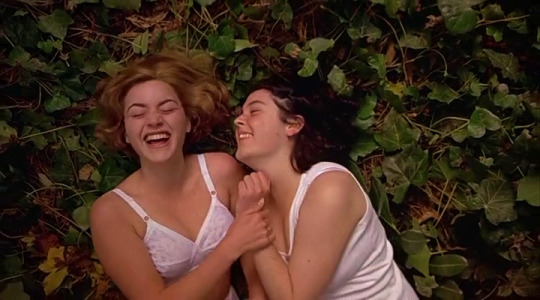
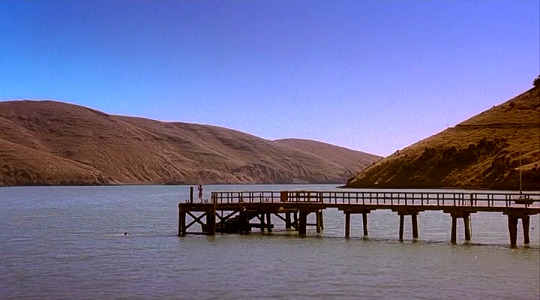


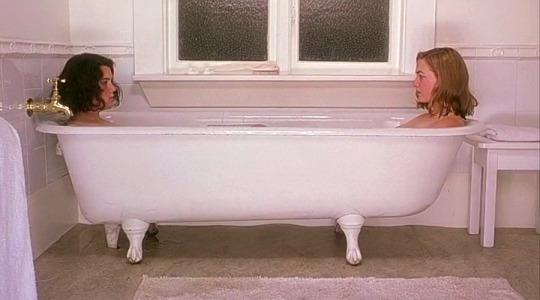


Heavenly Creatures (1994)
#heavenly creatures#heavenly creatures 1994#peter jackson#melanie lynskey#kate winslet#1990s#1994#lgbtq#filmedit#film#cinema#movies
73 notes
·
View notes